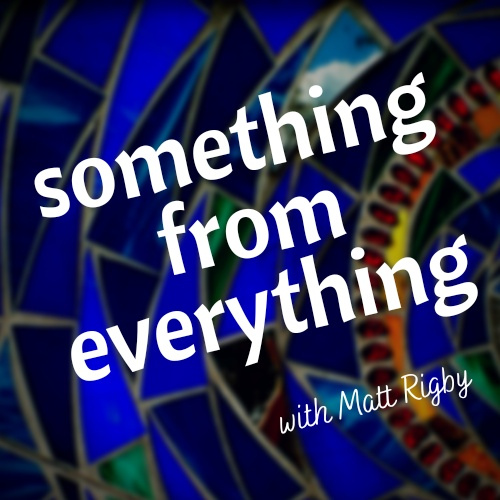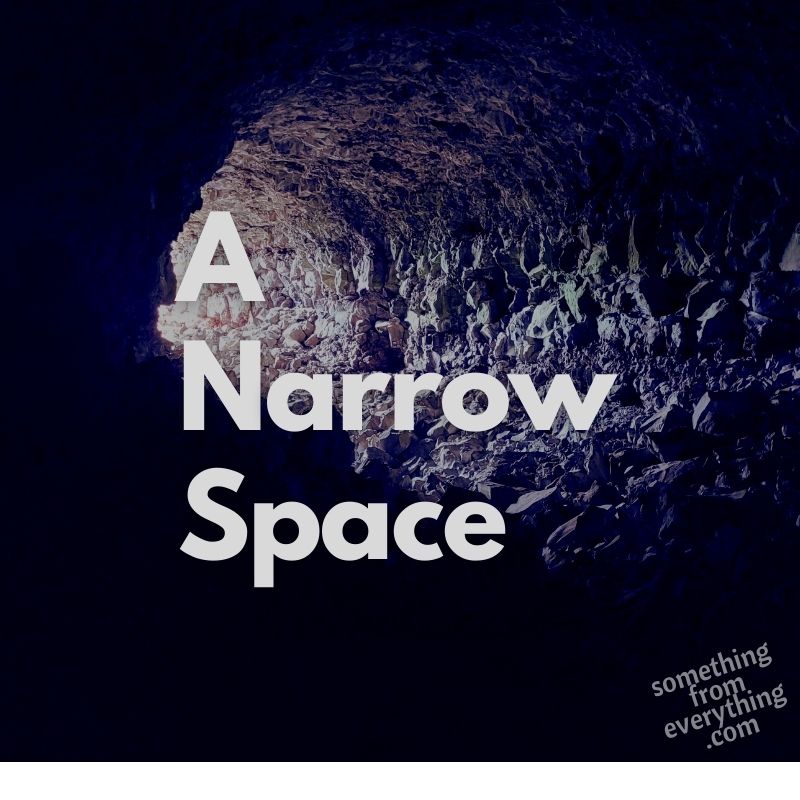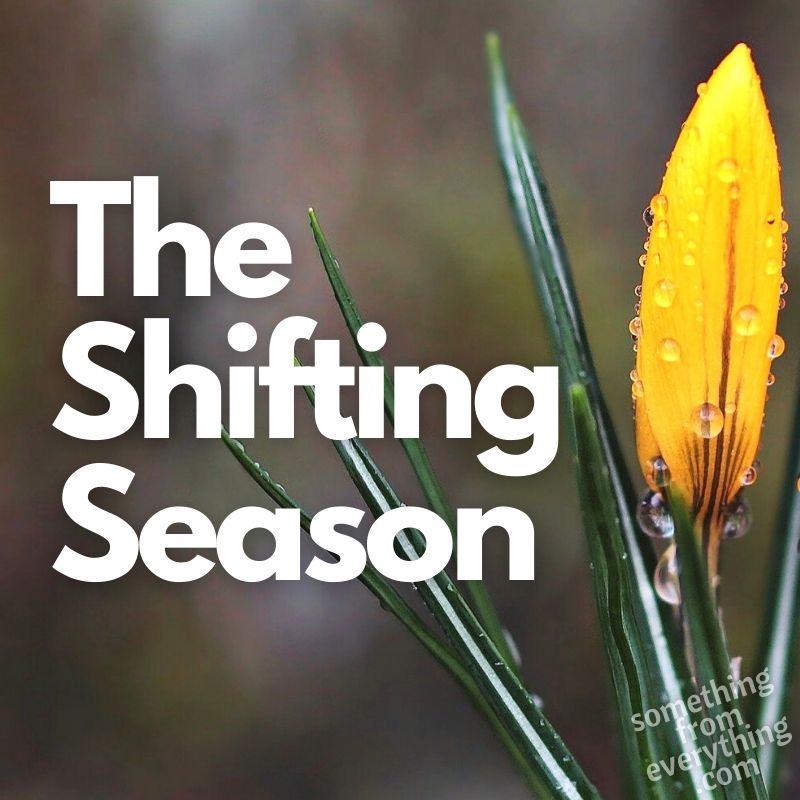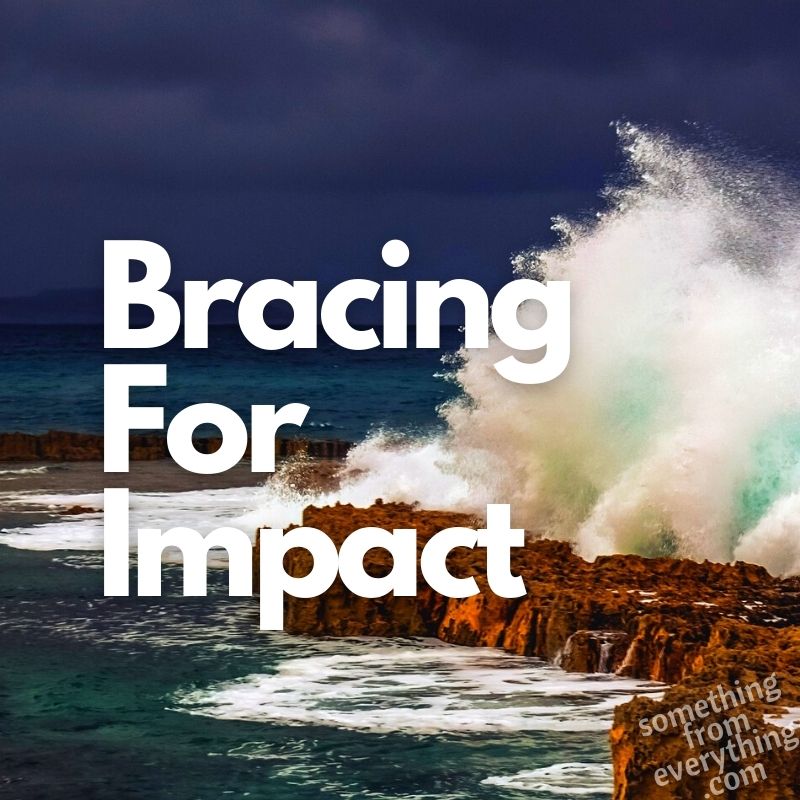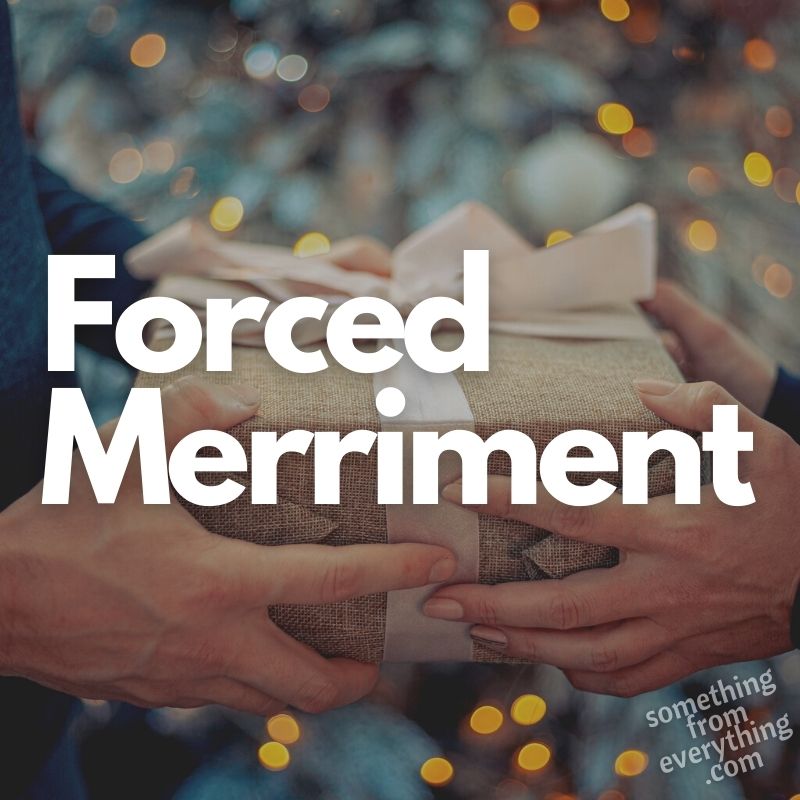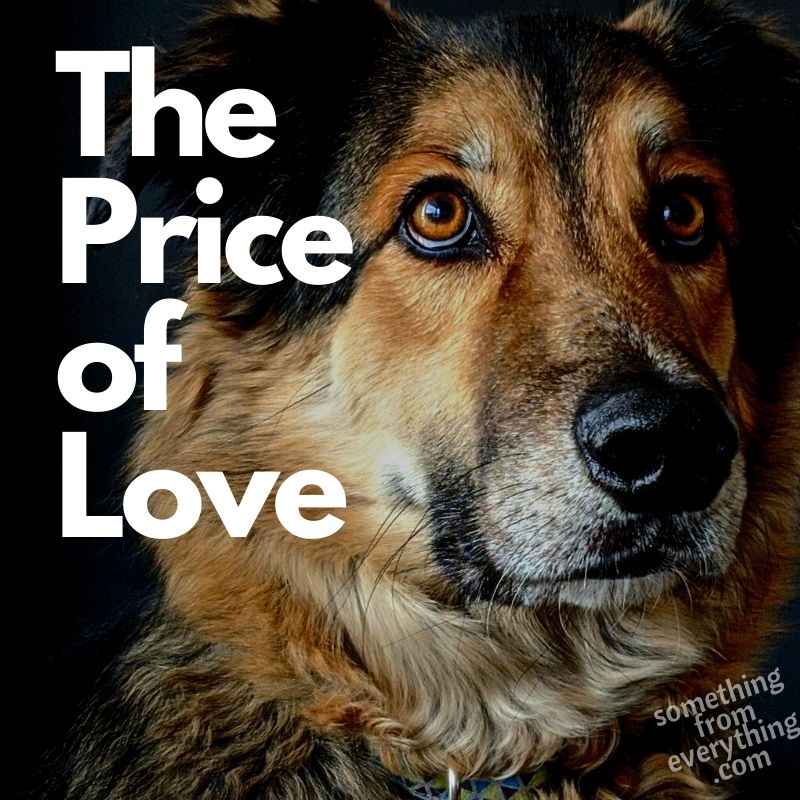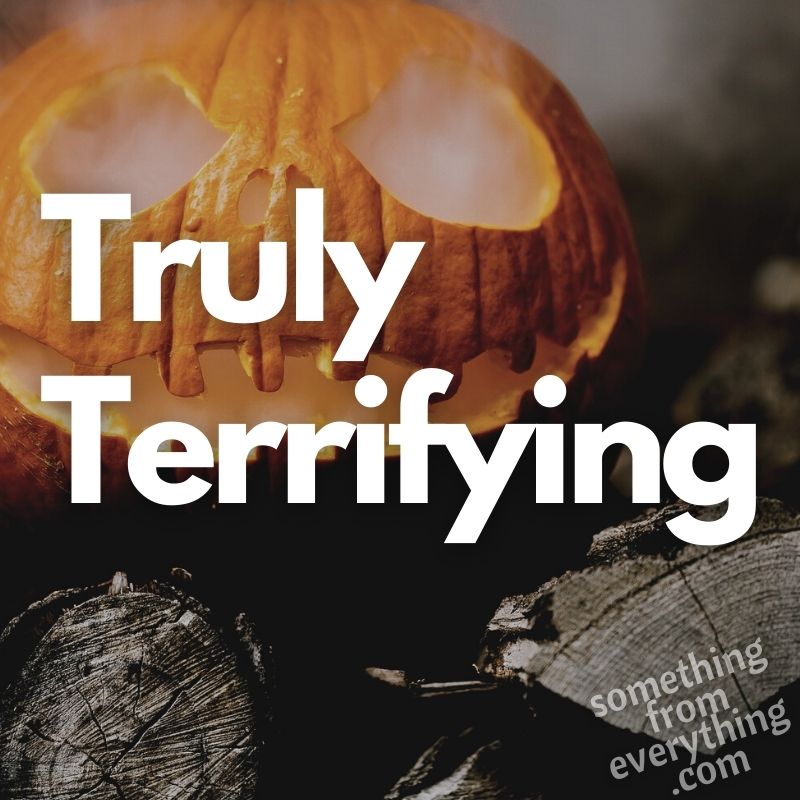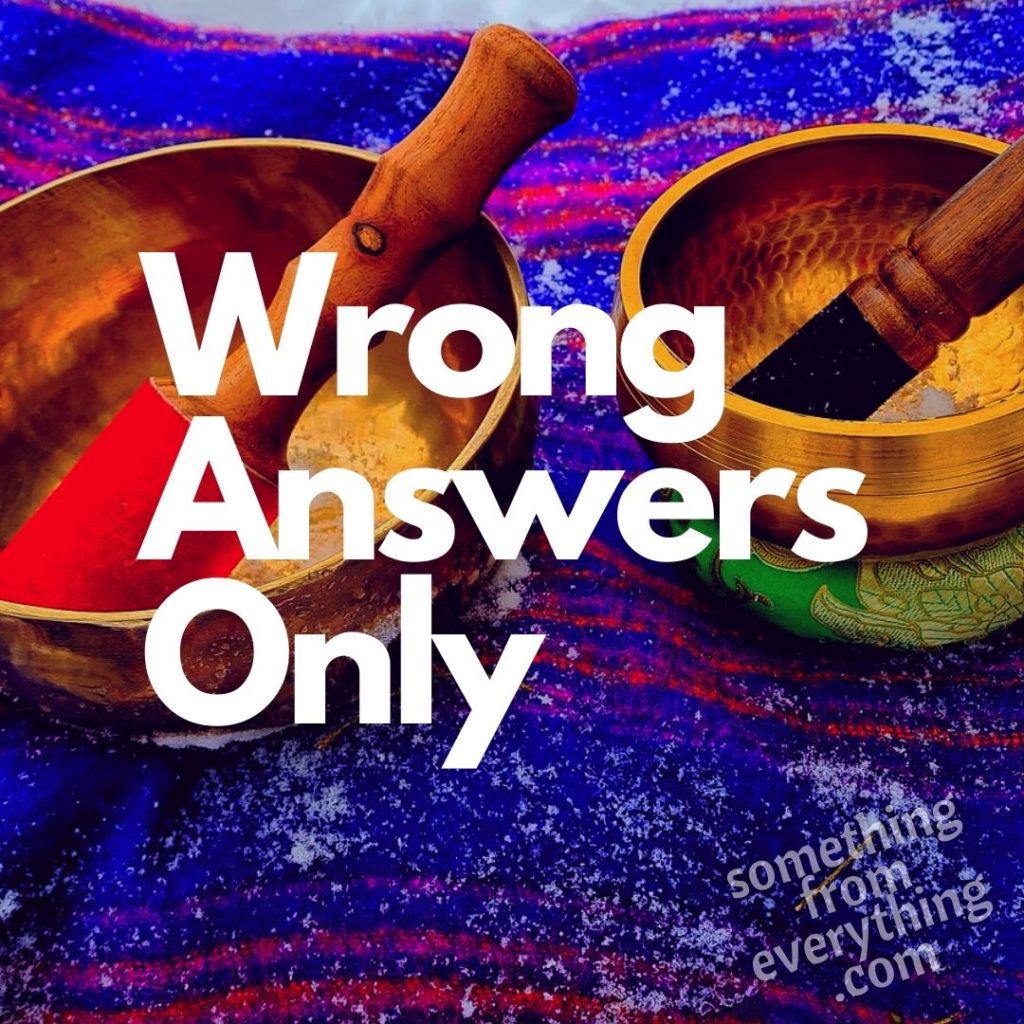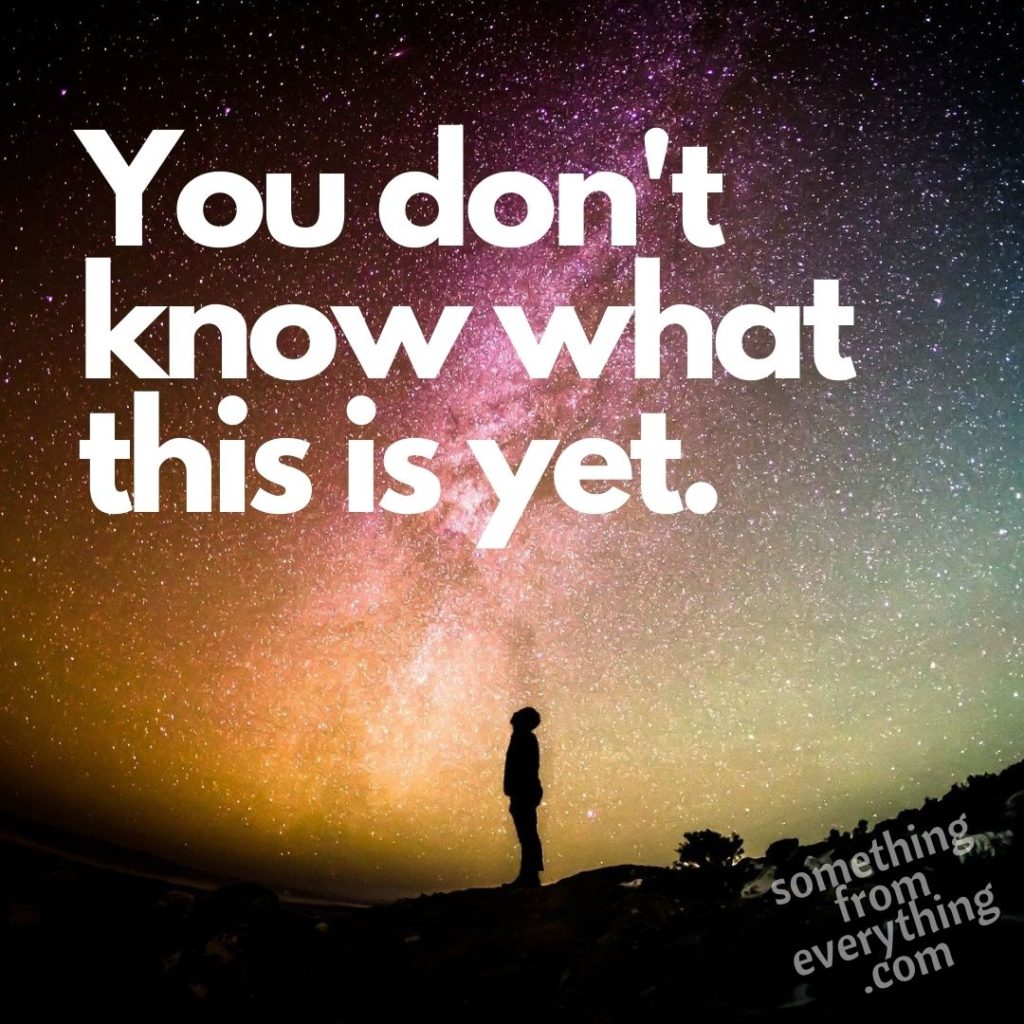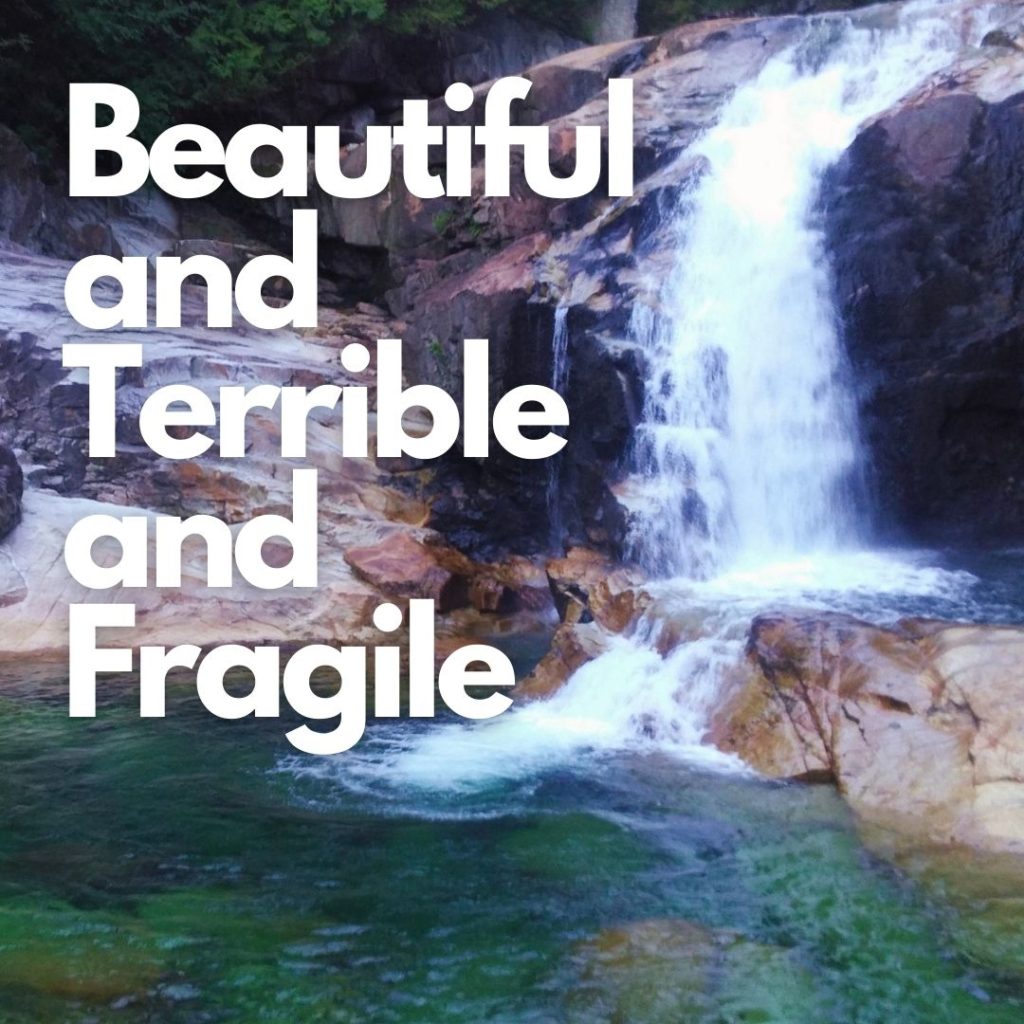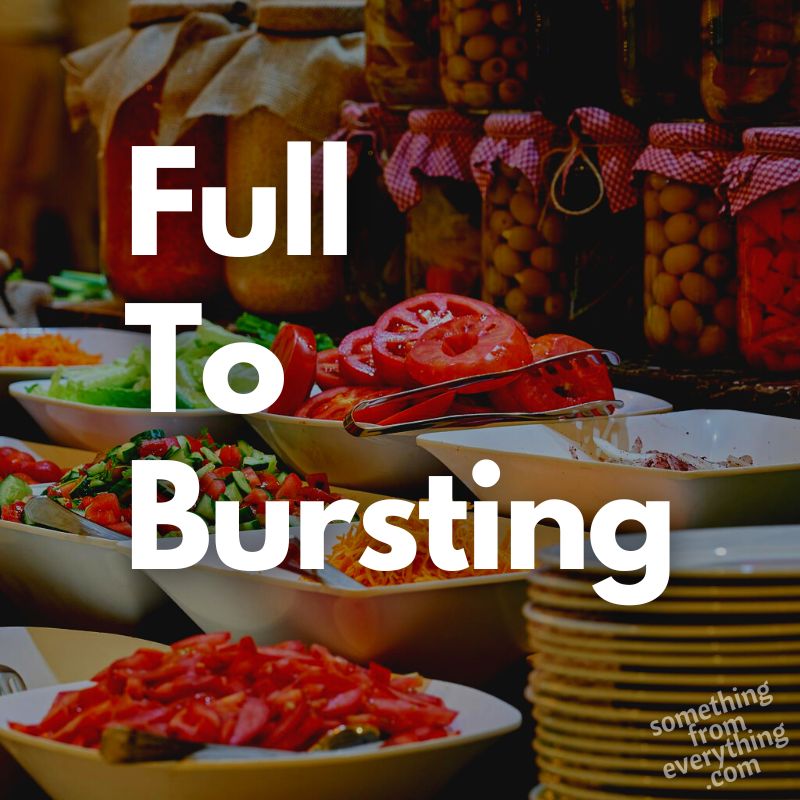
Summer is full to bursting.
I’m on the Kettle Valley Railway trestles, tentatively watching as my youngest son nervously steers his bike towards the center of the planks, his hands rigidly in perfect position, the rhythm of his pedaling unwaveringly steady. I mention the rock formations above and to our left, but my son’s eyes remain fixed, straight ahead, uncompromisingly focused.
He is neither relaxed nor comfortable, but he has crossed seven tressels so far this day without issue. I call it a win.
I’m at the Starlight Drive In in Enderby. We arrive early, play keep away with the soccer ball and frisbee under the giant white screen as we wait for dusk. We set up deck chairs around the hitch and fold rear seats flat. The children bury themselves in blankets and then wrestle and barter for optimal seating positions.
When the movie starts the bass from the rear subwoofer is blurry, the mosquitoes are all feasting on us (despite the liberal application of dollar store insect repellant), and each child uses the washroom at least once through the course of the movie.
Still, pure magic.
At one point a child extends their head backwards over the tailgate and complains about the movie being upside down. We consume salty popcorn and nachos that dry out our mouths and way too much artificial queso cheese. We catch glimpses of the distant northern lights in the eastern hills. We argue at the end of the first movie that 3:30am is not an ideal time to be arriving home after a double feature, and 1am is plenty late already. We vow to return and make poor sleep decisions in the future.
I’m at Tickleberries, reading aloud the names of each of their 72 flavors of ice cream as we wind our way through the switchback isles. I don’t get through all the flavors. I spend a long time arguing that a child’s cone is perfectly appropriate for a child, before eventually conceding to a single scoop. The “single” turns out to be closer to a triple, and the “double” far more ice cream than anyone should ingest in a single sitting. We take our towering cones outside to share with the sun and wasps, and my youngest gets through most of their top scoop before the soggy ice cream cone caves under the weight, spilling blue and orange all over the hot cement.
I’m at Red Bird Brewing, sharing a table with my love and a few friends we have known for years. We’re talking about events from over a decade ago that I can scarcely remember. We talk frankly about the trauma that one of our friends endured, and all the ways it broke them and strengthened them. We think about the times we were there for each other, and the times that we weren’t. We apologize with downcast eyes and wistful smiles. And then we laugh raucously at a remembrance from our ignorant youth. We drink spectacular Saisons and Hazy IPAs, and devour delicious woodfire pizza cut with kitchen scissors.
I’m at home. It’s late at night and I’m creating a grocery list for camping, confirming schedules with friends for an upcoming trip and staring at my rapidly filling calendar. I’m looking at the handful of remaining dates unspoken for in August, and it feels as if summer is already drawing to a close, just as it starts.
When you start to feel like every single available moment is spoken for, it’s hard not to feel the tug of scarcity. You can already see September coming. That there is not enough time, and before you know it, another summer will be gone forever.
But summer is anything but scarce. It is filled with early morning walks with the dog, with late evening paddles on glass-like water, with trips to the farmers market (and the accompanying stuffed bags filled with fresh beets, peas, apricots and strawberries), and countless other moments both pedestrian and sublime. There’s very little scarcity in summer. Summer is full to bursting. The scarcity resides in me.
For years, I felt like I was squandering each and every summer, especially when I moved to the Okanagan. Our summers really are spectacular. But between short summer staffing, limited and highly contested vacation time, a shortened season of clear skies due to wildfires, and wild, ambitious plans for epic adventures both home and away, each September would leave me filled with regret for all we couldn’t do.
Summer seemed filled with endless possibility. But my time, energy and resources were always finite.
As it is for each and every one of us.
Think of it this way: Summer is an all you can eat buffet, and even if you load your plate to the very edge, and pile the food high, and return multiple times, there will always be infinitely more on the buffet table than you can possibly consume.
We are both blessed and cursed by possibility.
Possibility is a tricky concept. It can open us up, cause us to dream and plan and hope. But it can also close us off. Leave us wishing for more, leave us ungrateful for the gifts we have right in front of us, leave us staring up at the buffet table, rather than every good and appetizing item on our overflowing plate. Possibility can hand you something delicious, and leave a bitter taste in your mouth.
If we imagine summer as a fraction, our experiences over every possibility, then our results will always seem frustratingly small. But if we see each and every experience as a whole? Not divided by possibility but simply possible, in this moment? That changes the equation entirely.
Ultimately, that’s what each of the above moments were: whole events, undivided pleasures, absolute gifts. I know that there will probably be many more, and by the time September comes, less than I might hope for. But that’s just me looking up at the buffet table again.
Because each of our plates are piled high with mouthwatering moments. Worth being grateful for, worth taking our time with, worth savouring.
Because summer is full to bursting with moments.
And I want to be full to bursting too.
